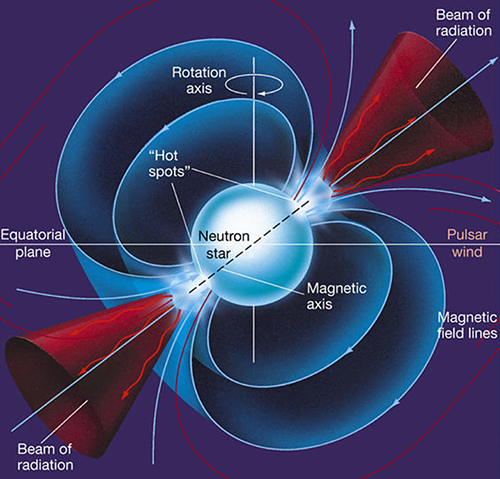Hey all,
I've been flying around the galaxy for some (considerable amount of) time and I have a genuine question about black holes in E ...
...
Why do some look all dusky and hazy (almost like galactic sandstorms) - when others look like tiny black pin-pricks with funny surrounding ocular effects?
Is it just down to the galactic background or is there some other explanation for these differences?
I've been flying around the galaxy for some (considerable amount of) time and I have a genuine question about black holes in E
Why do some look all dusky and hazy (almost like galactic sandstorms) - when others look like tiny black pin-pricks with funny surrounding ocular effects?
Is it just down to the galactic background or is there some other explanation for these differences?


